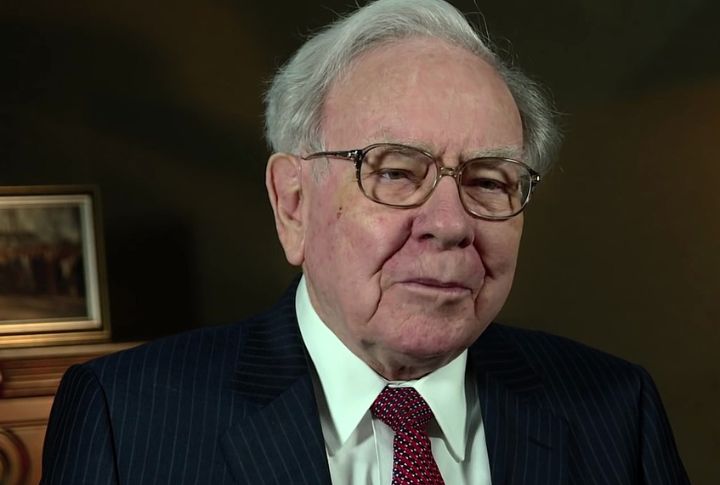
Warren Buffett’s Berkshire Hathaway stock has been making regular folks wealthy for decades, but what would a modest $1,000 investment actually do over ten years? The numbers might surprise you more than you think. This breakdown shows exactly how your grand would have grown through market crashes and Buffett’s legendary stock-picking magic during the last decade.
What $1K Turned Into
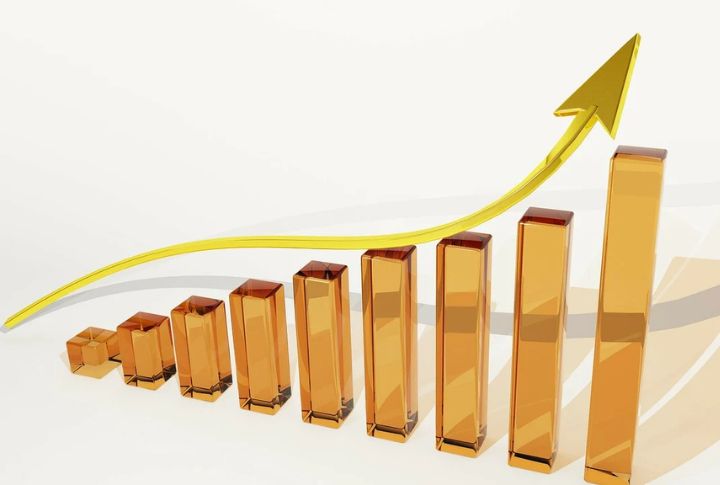
Back in 2014, putting down $1,000 on Berkshire Hathaway’s Class B stock would’ve tripled your money by now. That steady climb held firm through ups and downs, quietly outperforming a bunch of loud, high-maintenance funds. It’s a solid nod to long-haul investing that doesn’t overcomplicate things.
Stronger Than The Market
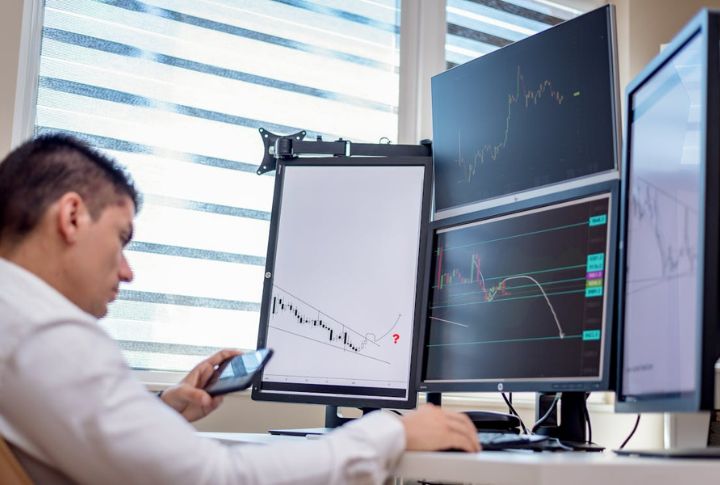
With an average return close to 12% a year, Berkshire kept pace with market leaders—sometimes even beating them when the going got rough. While tech stocks were all over the place, this one just kept doing its thing, weathering corrections without turning into a rollercoaster.
High Value Without Splits

More than a decade ago, Class A shares were already priced high. Since 2014, they’ve tripled, now surpassing $600,000. The company never split the stock or chased headlines. With Class B shares, even small investors could claim a piece of the action.
Growth Without Dividends
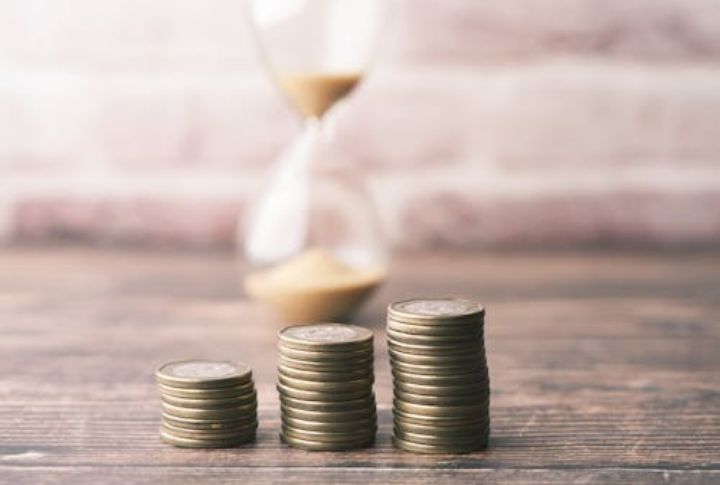
You won’t see dividend checks from Berkshire. Every cent it earns goes right back into the business. It’s a slower reward, but one that becomes apparent when you consider long-term returns. Buffett built the company’s value on patience, not payouts.
More Than Public Stocks
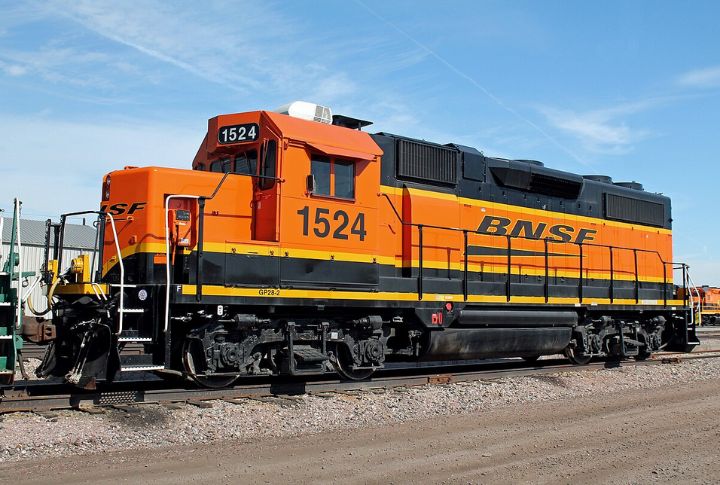
This isn’t a company that just rides the waves of Wall Street. It owns the whole boat in some cases. From GEICO to BNSF, these private businesses generate steady cash that doesn’t depend on stock charts. The mix keeps things grounded and earnings diverse.
Pandemic-Proof Performance
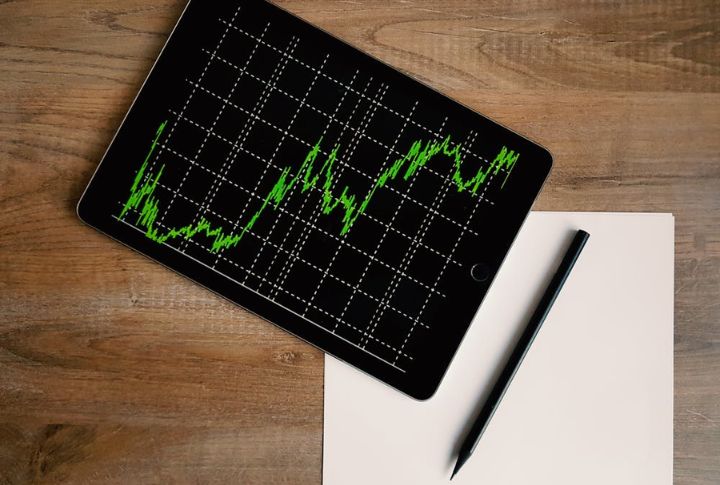
While plenty of stocks tumbled in 2020 and stayed there for a while, Berkshire didn’t break stride for long. Rail and insurance arms kept pulling in profits, and calm investors saw their portfolios bounce back. That quiet strength made all the difference when it counted.
Share Splits Are Rare
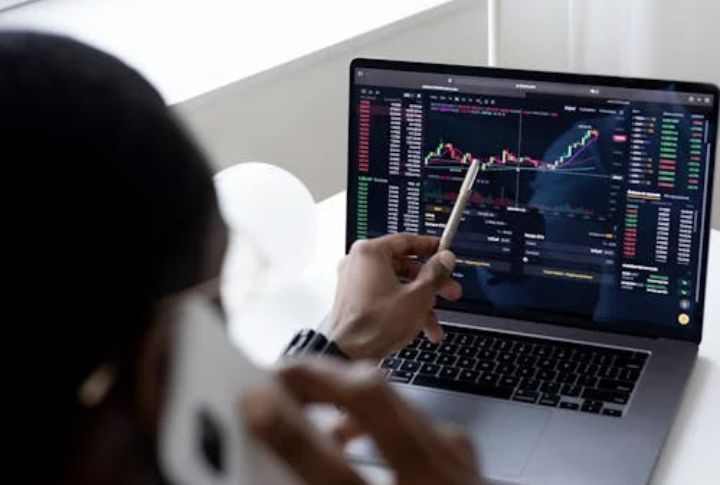
Only the Class B shares have ever been split, and even that happened way back in 2010. Class A stayed exactly as it was. The steady approach keeps the focus on building real value, rather than chasing headlines or trends that fade just as quickly as they emerge.
Apple Boosted Returns
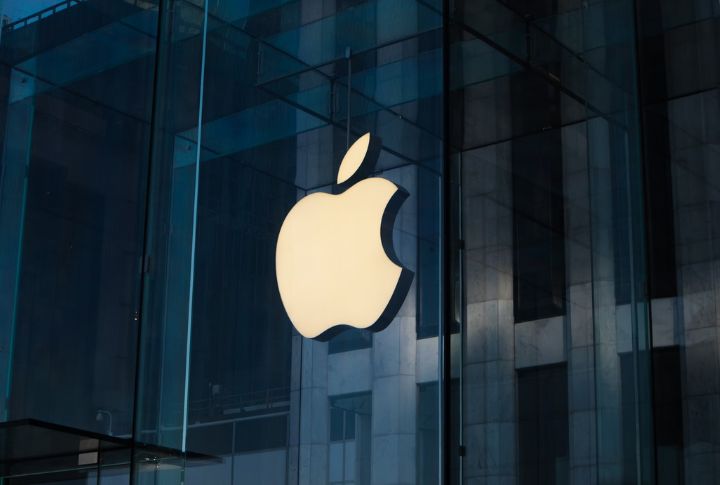
When Apple joined the portfolio in 2016, it didn’t just sit quietly in the corner. It grew into the biggest holding, stacking billions in gains. Buffett once said it felt more like a consumer brand than a tech play—and judging by the returns, he wasn’t wrong.
Low Debt, Strong Balance Sheet
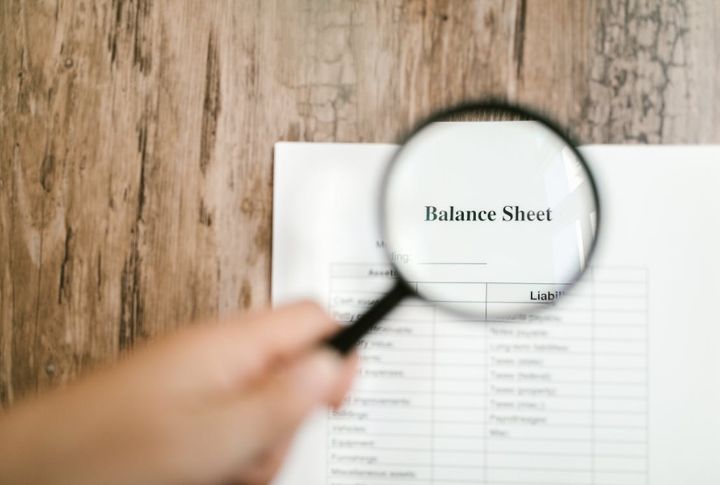
This company doesn’t rely on big loans to grow. Instead, it uses its own profits to build slowly over time. That kind of discipline pays off when the economy gets shaky. With less debt to worry about, Berkshire stays strong and steady while others scramble to stay afloat.
Loyal Shareholder Base
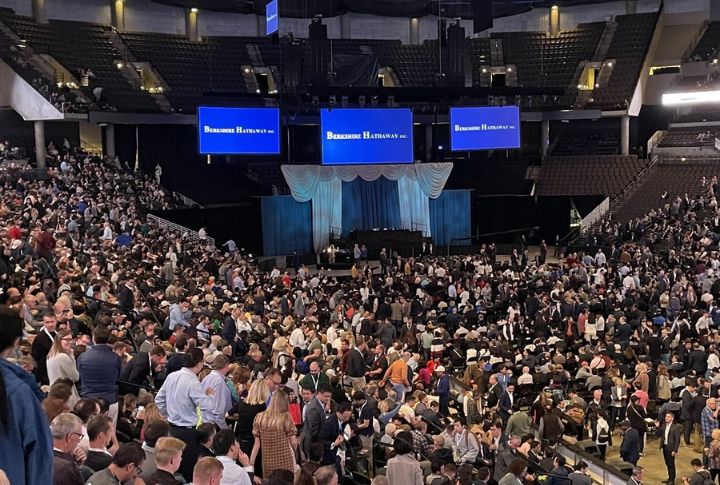
People who own Berkshire stock often hang onto it for decades. Every year, thousands show up to the annual meeting just to listen and learn. It’s not just about money—it’s about trust. That long-term mindset keeps the company grounded, even when markets get unpredictable or loud.
